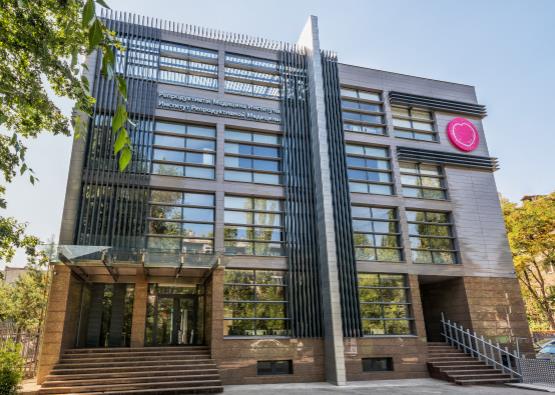
特别提示:接受试管婴儿技术的夫妇必须是合法夫妻,且仅限于治疗因特定不孕不育问题而无法通过其他方式怀孕的夫妇。
Introducing the Third Generation of In Vitro Fertilization Technology in the U.S.
The third generation of in vitro fertilization (IVF) technology in the United States has revolutionized the way that infertility is treated. Couples who have difficulty conceiving now have a greater chance of becoming pregnant thanks to the advancements made in this field.
History of IVF in the U.S.
IVF was developed in the U.S. in the 20th century, but it wasn't until the 1980s that it became a common form of infertility treatment. The first successful IVF pregnancy in the United States was reported in 1981, and since then, thousands of babies have been born using this method.
Technological Advancements
The latest advancements in IVF technology have made the process more successful than ever before. One major development is the ability to perform preimplantation genetic testing (PGT), which allows doctors to screen embryos for genetic disorders before they are transferred to the uterus. This reduces the odds of a couple having a child with a genetic disorder.
Another breakthrough in IVF technology is the use of time-lapse imaging, which allows doctors to monitor embryo development in real-time without removing them from the incubator. This technology allows doctors to choose the most viable embryos for transfer, increasing the chances of pregnancy.
Freezing Eggs and Embryos
Frozen egg and embryo storage has been a major advancement in IVF technology. Cryopreservation allows couples to preserve their fertility if they are not ready to start a family or if a medical condition could affect their fertility in the future.
Success Rates
Success rates for IVF have steadily improved over the years, and the latest advancements in technology have made the process even more successful. The success rate for IVF in the U.S. is now around 50%, and that percentage is expected to increase as technology continues to improve.
Risks and Challenges
Despite the success of IVF, there are some risks and challenges associated with the process. Multiple births and ovarian hyperstimulation syndrome (OHSS) are two potential complications that can occur with IVF. Couples should discuss these risks and challenges with their doctor before undergoing IVF.
Conclusion
The third generation of in vitro fertilization technology in the U.S. has made infertility treatment more successful than ever before. With advancements like PGT, time-lapse imaging, and cryopreservation, couples who struggle with infertility now have more options and a greater chance of becoming pregnant. While there are risks and challenges associated with IVF, the benefits of this technology are clear.
以上是试管婴儿相关的常识解答,如果有试管方面的顾虑或想了解更多试管婴儿方面,如不孕不育生子、试管过程、费用、成功率、多囊、卵巢早衰、高龄生育等等都可以在线进行咨询。

















